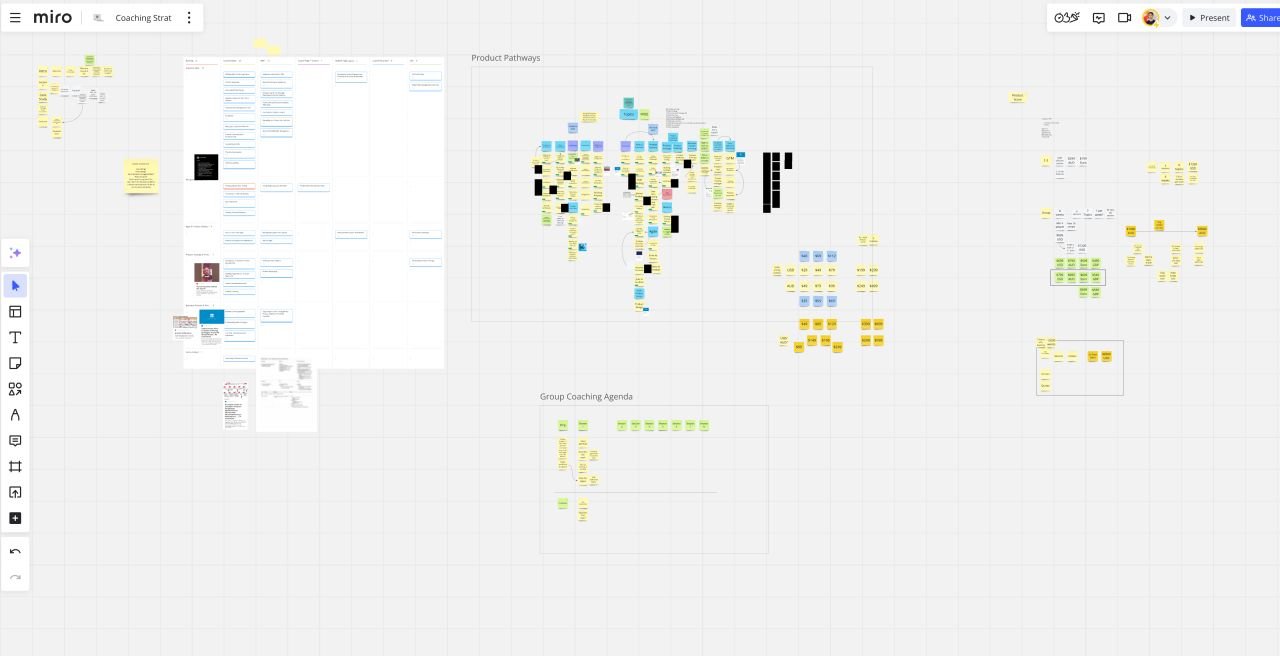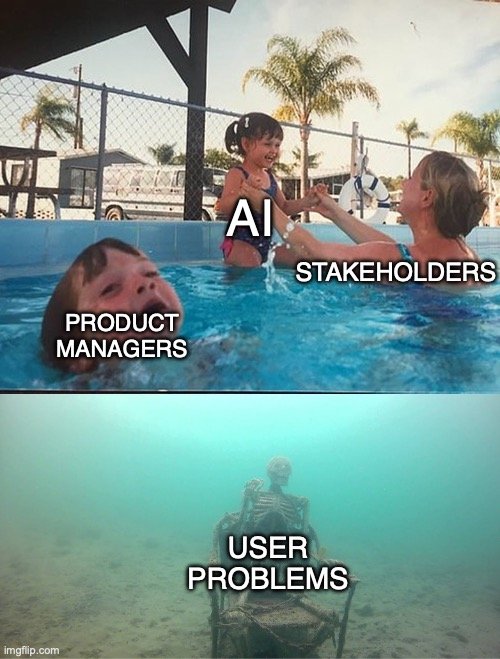3 Product Vision Formats That Aren’t Boring!
Hey I’m Ant and welcome to my newsletter where you will find actionable posts on topics related to product, business and leadership.
You might have missed these recent posts::
- Building Effecive Product Roadmaps
- Long Backlogs and Unmeasurable Work
- Break Outcomes Down, Not Initiatives
My day job is helping companies shift to a Product Operating Model.
My evening job is helping product people master their craft with Product Pathways.
If video is more your thing, check my Youtube channel out!
I wrote a post a couple of years back on ‘How to craft your First Product Vision’ where I open with:
There’s a lot of advice out there on how to write a good vision statement, many will point you to the popular ‘Elevator pitch’ format (among others), but personally I’ve never felt those frameworks were suitable for my final vision statement — you sure don’t see the likes of Telsa, Apple, etc using these kinds of formats for their vision statements, do you?
I wrote this because, I hear regular criticism that Product Visions aren’t valuable and a waste of time.
And in many cases that’s true, in their context because it’s something that is quickly shelved, left to gather dust.
But was that the fault of Product Visions or was it the context and environment?
My experience (working with over 100 different product teams and companies all over the world) is that it’s often the latter.
There’s a few dynamics at play.
The first is the classic feature factory, where visions fall flat because they're fixated on specific features and not the future.
The second common scenario I see is how we format and communicate our product vision.
More often than not I see product vision statements follow the ‘Elevator pitch’ format (that I mentioned earlier) and they're not communicated nearly enough.
Part of the problem is the format.
The Elevator pitch is long, verbose and hardly inspiring.
It's not easy to fit at the top of your Product Roadmap or quickly say as part of the welcomeintroduction.
If you look at great vision statements they're short, punchy and memorable.
Statements like:
Uber: "We reimagine the way the world moves for the better."
Microsoft: “A computer on every desk and in every home.”
Tesla: “Create the most compelling car company of the 21st century.”
Netflix: “Become the best global entertainment distribution service.”
Figma: "Our vision is to make design accessible to everyone."
As I walkthrough in the post ‘‘How-To’ Guide for Crafting Your First Product Vision’, you can (and perhaps should) leverage templates like the Elevator pitch as part of the process for creating your product vision but I don’t think it should be your finally vision statement.
So what format should you use?
Well in the original post I left it with there's “no magic formula… just time and iterating”.
Although much leg work has been done, this final step is still the hardest part of the process. Trying to finesse everything you’ve done so far into a short, clear, and inspiring statement can be tricky. Unfortunately no magic formula here, just time and iterating.
And whilst I still believe that is true. After coaching dozens more product managers on crafting their vision statements, I’ve collected a number of punchy formats that you can use.
So here they are (still no magic but hopefully it's more helpful than no scaffolding at all!)
3 Product Vision formats that will turn your vision into a clear and punchy statement that people will actually remember.
Format 1:
Format 1:
We believe (in) a world where [target users]
can [action],
by [key factors].
Examples:
Uber: "We reimagine the way the world moves for the better."
Chipotle: “We believe that food has the power to change the world.”
Warby Parker: “We believe that buying glasses should be easy and fun. It should leave you happy and good-looking, with money in your pocket. We also believe that everyone has the right to see.”
Alzheimer’s Association: [We believe in] “A world without Alzheimer’s and all other dementia.”
Lyft: “A world where cities feel small again. Where transportation and tech bring people together, instead of apart.”
Format 2:
Format 2:
[action] + [goal/objective]
better for [target users].
Examples:
LinkedIn: “Create economic opportunity for every member of the global workforce.”
Australia Department of Health: “Better health and wellbeing for all Australians, now and for future generations.”
Tesla: “Create the most compelling car company of the 21st century.”
Netflix: “Become the best global entertainment distribution service.”
Ben & Jerry’s: “Making the best ice cream in the nicest possible way”
Format 3:
Format 3:
Our vision is to [action],
the [goal/objective],
to help [target users].
Examples:
Figma: "Our vision is to make design accessible to everyone."
IKEA: "Our vision is to create a better everyday life for the many people"
Amazon: “Our vision is to be earth’s most customer-centric company, where customers can find and discover anything they might want to buy online.”
Product Vision Tips:
Dream big and think long
Make it vivid
Use the present tense
Clear and concise, don’t waffle or use acronyms
Make it emotional
Align to your company vision
Don't try to perfect it. No vision is perfect from the start.
Need help with scaling your product or business? I can help in 4 ways::
Level up your craft with self-paced deep dive courses, FREE events and videos on YouTube, templates, and guides on Product Pathways.
1:1 Coaching/Mentoring: I help product people and founders overcome challenges through 1-hour virtual sessions.
Consulting and Advisory: I help companies drive better results by building effective product practices.
Private Workshops and Training: I run practical workshops and training courses for product teams globally.














Your OKRs don’t live in a vacuum.
Yet this is exactly how I see many organizations treat their OKRs.
They jump on the bandwagon and create OKRs void of any context.
Here’s what I see all the time…